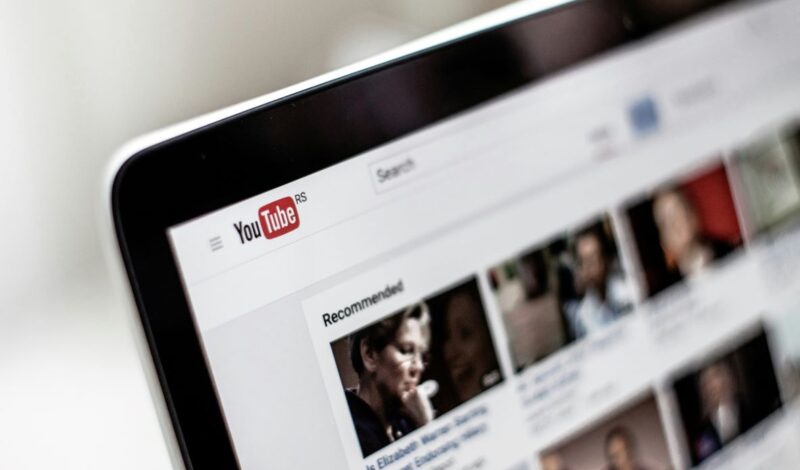The rise of powerful AI tools is changing the game for content creators. From AI-powered video editing software to text-to-video generators, these technologies are making it easier than ever to produce high-quality content. But this revolution comes with a twist: YouTube is reportedly exploring a new rule that would require creators to disclose if their videos involve AI generation. Let’s unpack the potential impact.
Why the Transparency Push?
- Combating Deepfakes: One major concern is the potential for AI-generated videos to be used to create harmful deepfakes or spread misinformation. Clearly flagging AI content could help viewers make informed decisions.
- Leveling the Playing Field: Some worry that AI could give creators with access to advanced tools an unfair advantage. Transparency could help viewers judge content on its own merits, not just production techniques.
- Understanding the Landscape: As AI becomes a bigger part of content creation, YouTube may want data on how it’s being used for its platform.
Potential Pros of the Change
This proposed shift towards transparency could have several positive outcomes for both viewers and the platform itself. Here are a few key benefits to consider:
- Viewer Awareness: Viewers have the right to know if the content they’re watching was primarily human-made or heavily influenced by AI.
- Ethical Considerations: It could encourage more ethical use of AI tools and spark conversations about how these technologies shape media.
- Celebrating Creativity: It still takes skill and creativity to harness AI effectively. Flagging may help highlight videos where humans and AI creatively collaborate.
Potential Cons of the Change
While the intent is positive, there are some potential downsides to consider if YouTube implements this flagging requirement. These include:
- Stigmatization: Some creators might fear that disclosing AI use will lead to their videos being less valued.
- Overly Broad Criteria: What exactly is “AI-generated content”? Would scripts written with partial AI help fall in this category? Defining this could be complex.
- Enforcement Challenges: How would YouTube reliably enforce this rule, especially with the sheer volume of uploaded content?
Implications for Viewers & Creators
This potential move by YouTube highlights the ever-changing media landscape. Here’s what it could mean:
-
For Viewers: Be more critical. Look for potential AI indicators (unnatural speech patterns, etc.) while still being open to creative uses of the technology.
-
For Creators:
- Embrace the opportunity to discuss your process transparently and how AI tools enhance your work.
- Stay informed about how AI might shape content guidelines on various platforms.
The Future of AI & Content Creation
Whether or not YouTube rolls out this rule, AI is here to stay in content creation. It’s a tool that can both enable creativity and pose challenges. Transparency and open discussion about AI usage will be crucial as these technologies evolve and become even more sophisticated.




